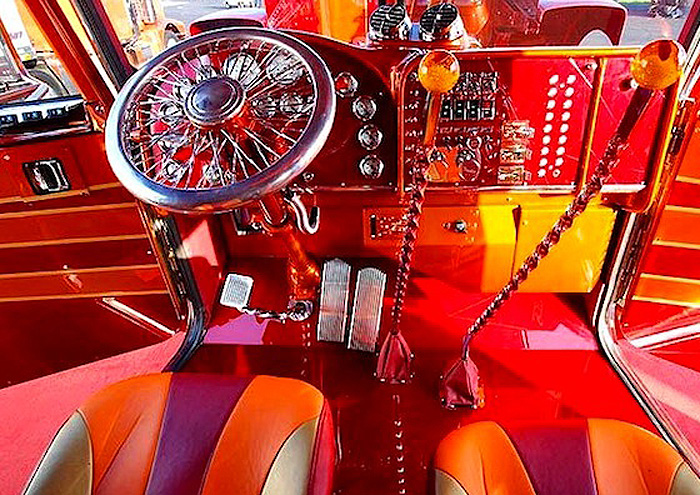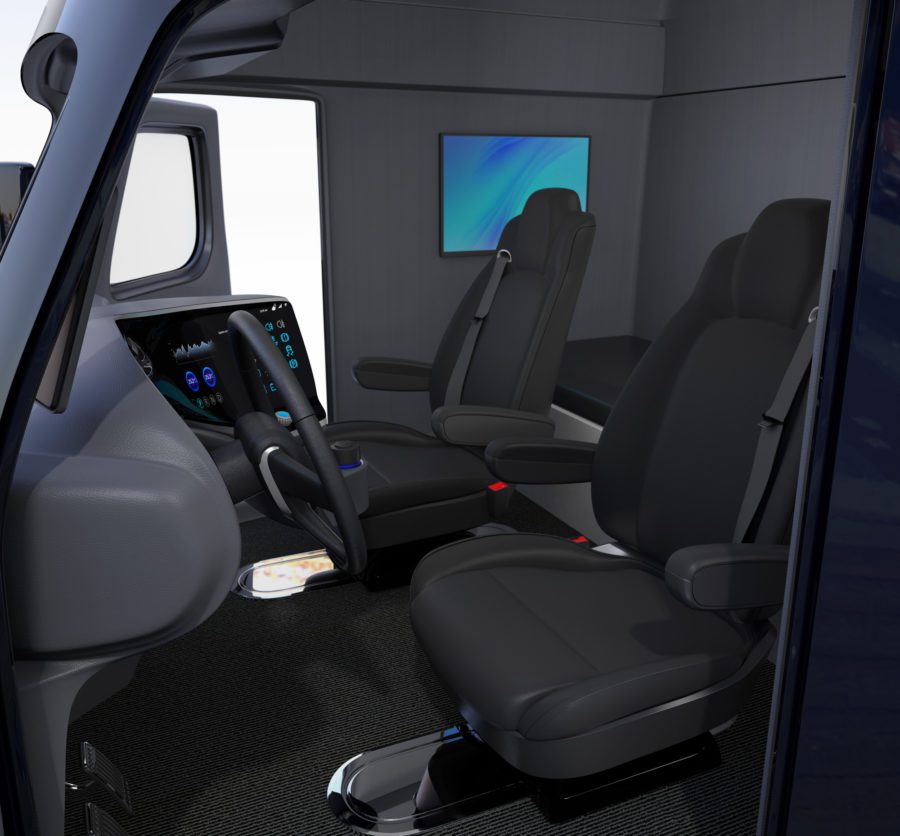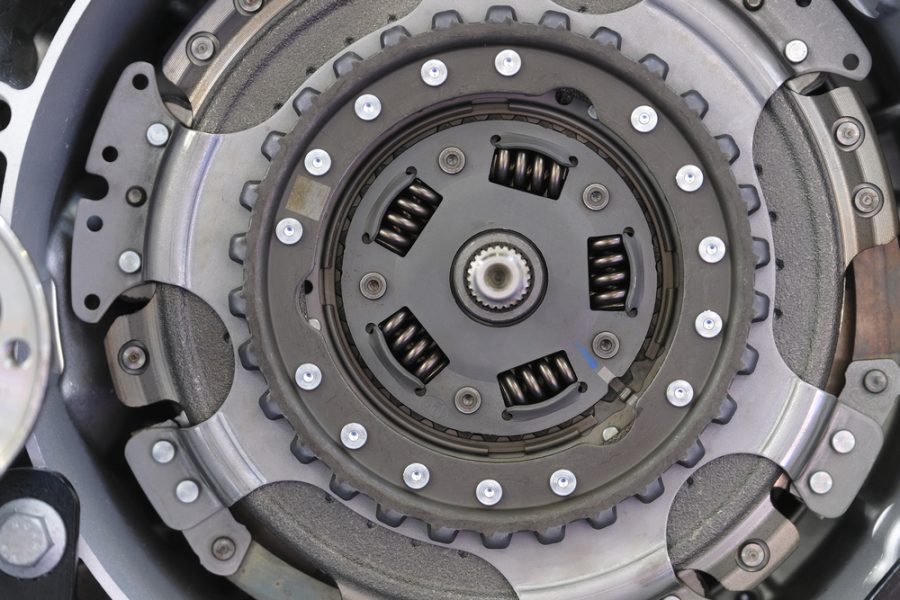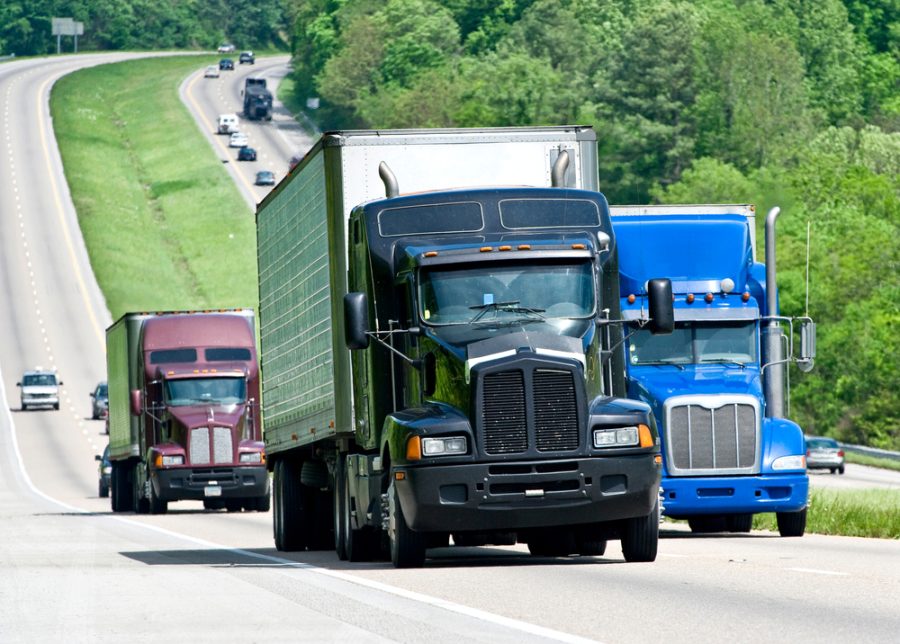Introduction
Manual and automatic transmissions are the backbone of the semi-trucking industry, each with its pros and cons.
As a truck driver and as a trucking company, understanding these differences is key. As the transportation landscape changes, we’re seeing a shift towards automatic transmissions among trucking companies and we need to dig in.
In semi-trucking, the differences between manual and automatic transmissions matter, from driver preference to operational cost. Truck drivers and companies need to know the benefits and challenges of each to navigate the industry. Since trucking companies prefer automatic transmissions, we need to get to the bottom of this trend and what it means for driver performance, fleet management, and industry standards.
Manual Transmissions
Manual transmissions have several key components that work together to change gears and transmit power. These components are the gear lever, which allows you to select different gear ratios, the clutch pedal which engages and disengages the engine from the transmission and the transmission output shaft which transmits power to the drive wheels. Knowing these components is the foundation of mastering manual transmission driving.
Shifting gears in a manual transmission is a fine-tuned dance between the gear lever, clutch pedal, and engine speed. Techniques like double clutch and single clutch are used to synchronize the rotational speeds of the transmission and engine for smooth gear changes. Double clutching is a method used in older vehicles and race cars where you depress the clutch pedal twice during a gear change to match the engine speed with the transmission speed. While this gives you precise control over gear changes, it requires finesse and practice to do it smoothly.
Floating gears, another technique used in manual transmissions, is shifting gears without using the clutch pedal. By manipulating the gear lever and timing the gear change with the engine speed, you can shift gears smoothly. But this method has its risks, increased wear and tear on transmission components if not done precisely
Automatic Transmissions
Automatic transmissions make driving easier by taking care of gear changes without driver input. Unlike manual transmissions, automatics use a complex system of hydraulic fluid, torque converters, and planetary gear sets to manage gear selection and power distribution. This hands-off approach to gear changes has several benefits, one of the biggest being smoother transitions between gears. By eliminating the need for manual gear shifts, automatics give you a more refined driving experience, more comfort, and less driver fatigue.
One of the biggest benefits of automatics is they reduce wear on transmission components. The internal mechanisms of automatics are designed to optimize gear engagement and reduce friction to prolong the life of components like clutches and gears. The convenience of automatics is most evident in urban areas where stop-and-go traffic requires quick and easy gear changes. When driving through intersections or navigating tight spaces, truck drivers can focus more on situational awareness and less on gear shifting, making it safer and more efficient.
Trucking companies prefer automatics for a combination of reasons, improved driver satisfaction, better fuel efficiency, and easier fleet management. With automatics, truck drivers have reduced physical and mental workload, higher job satisfaction, and lower turnover rates. Plus the fuel-saving potential of automatics combined with transmission technology advancements means big cost savings for trucking companies in the long run. As the industry focuses on safety, efficiency, and driver well-being, automatics is the smart choice for modern trucking fleets.
Manual vs Automatic
When comparing manual and automatic, efficiency is the key, fuel consumption, and transmission speed. Manual transmissions get better fuel economy because of the direct mechanical connection between engine and wheels, automatics optimize gear ratios for fuel efficiency in all driving conditions. In transmission speed, automatics are smoother and quicker gear changes, making for a more seamless driving experience compared to the deliberate shifting of manual transmissions.
Performance characteristics also differ between manual and automatic, factors like responsiveness and driving technique. Manual transmission vehicles give the driver more control over gear selection and engine speed, more dynamic driving, and precise handling, especially in performance driving.
On the other hand, automatics prioritize convenience and ease of use, and simplify the driving process by taking care of gear changes for you. Manual transmission enthusiasts may argue for the tactile feel and connection to the vehicle of manual shifting, automatics cater to a wider range of drivers who want easy operation and consistent performance.
Floating and Double Clutching
Floating and double clutching are two different techniques used in manual transmission driving, each with its pros and cons. Floating is shifting gears without using the clutch pedal, relying only on engine speed and gear lever to smooth out the gear changes.
This requires a deep understanding of engine and transmission behavior, as you need to time the gear changes precisely to avoid gear grinding and transmission damage. Despite the risks, floating is a smooth and efficient driving experience, especially when you need to shift gears quickly, like high-speed driving or downhill.
Double clutching on the other hand is a methodical process of synchronizing engine and transmission speed during gear changes to reduce wear and tear on transmission components. This involves pressing the clutch pedal twice, first to disengage the transmission from the engine and then to engage it in the gear you want.
By matching engine speed with transmission speed, double clutching is smooth and precise gear changes, overall better performance and longer transmission life. But mastering double clutching takes practice and skill, errors in timing or execution can result in gear grinding and transmission damage.
Driving Techniques and Transmission
Driving techniques vary depending if you’re driving a manual or automatic. In manual, you need to coordinate the clutch pedal, gear lever, and accelerator pedal to smooth out gear changes and control speed. Automatics take care of gear shifts for you, manual transmissions require you to engage with the vehicle’s mechanics, adjust engine revs, and select gears based on the driving condition.
At the core of manual transmission, driving is rev-matching, where you synchronize the engine speed (measured in revolutions per minute, RPM) with the transmission’s rotational speed to smooth out gear changes and prevent jolts or jerks.
The choice between manual and automatic often depends on the driver’s preference and situation. While automatics offer convenience and ease of use, there are times when manual is preferred despite the widespread use of automatics.
For enthusiasts who want a more engaging driving experience, manual transmission gives you more control and connection to the vehicle, you can shift gears and tailor your driving style to your preference. In certain driving scenarios like off-road or performance driving, manual transmission gives you more versatility and responsiveness to navigate challenging terrain with precision and confidence.
Summary
The differences between manual and automatic transmissions emphasize the need to know your driving preference and requirements. Manual transmission gives you more control and a more engaging driving experience, automatic transmission is convenient, efficient, and easy to use. Many trucking companies are shifting to automatic transmission due to the trend of prioritizing driver comfort, safety, and operational efficiency.
But in the end, the choice between manual and automatic transmission is down to individual preference, driving habit, and the task at hand. By knowing your driving style and needs, you can make an informed decision when choosing between manual and automatic transmission, to have a satisfying and optimal driving experience.






